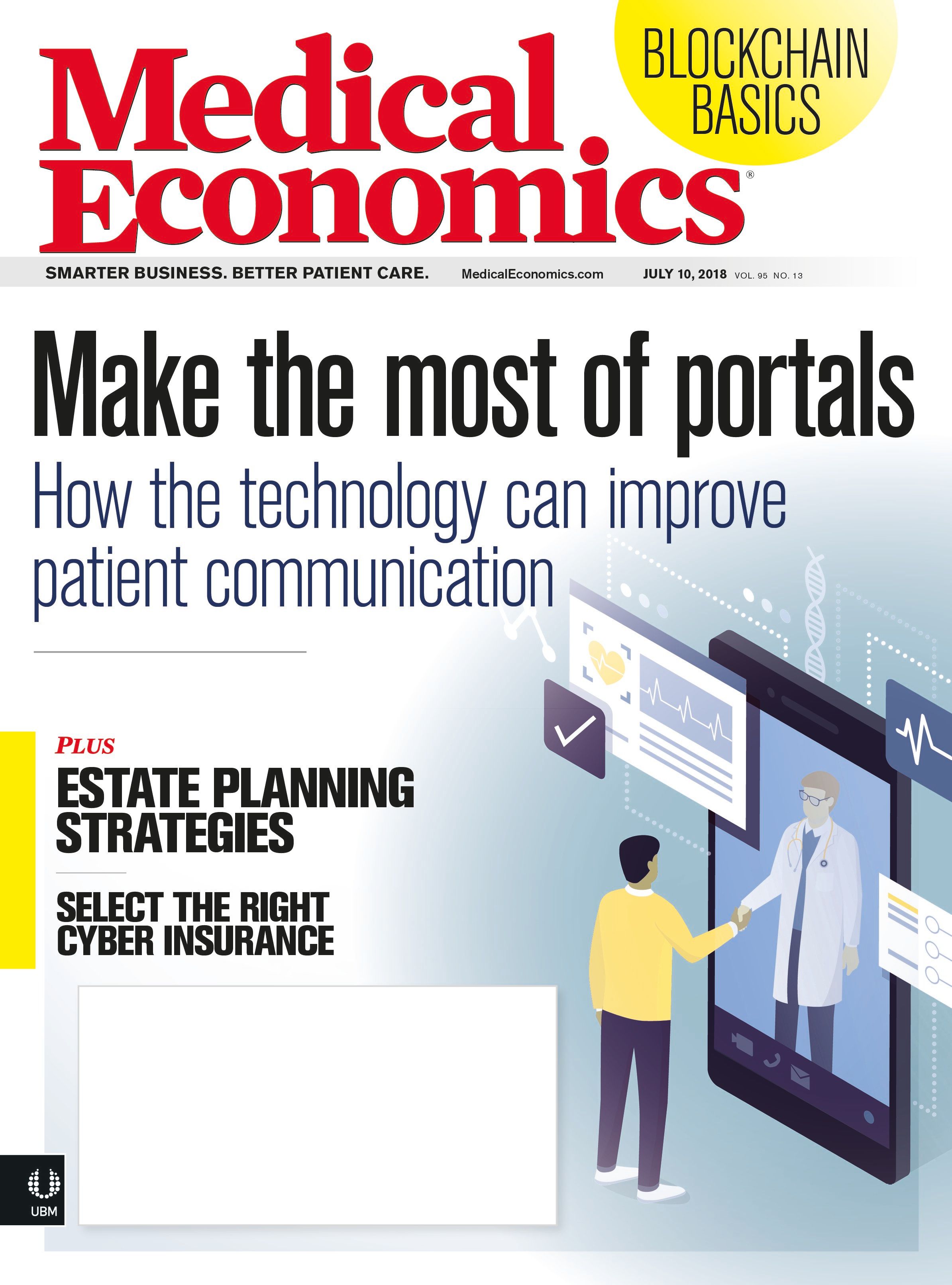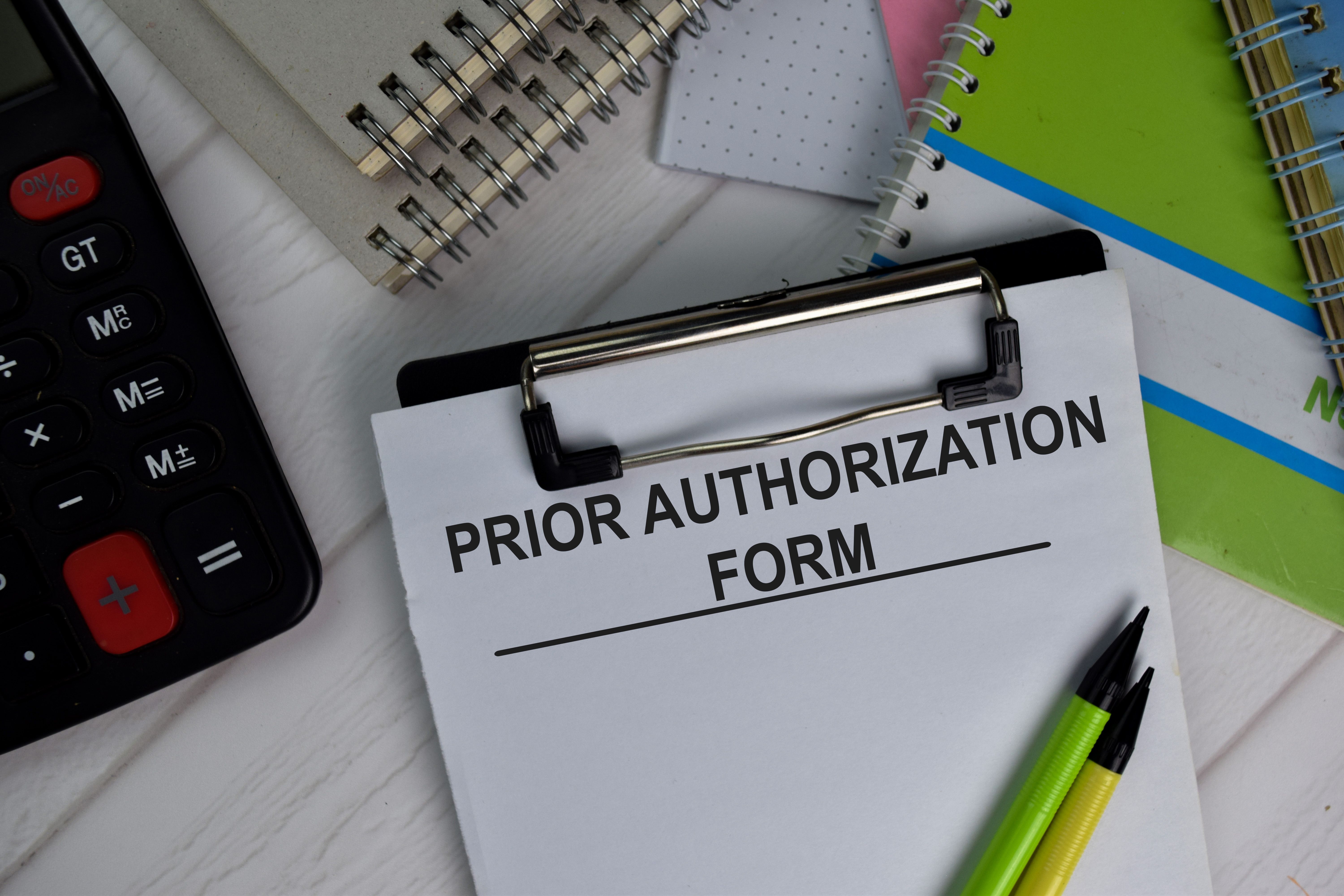Publication
Article
Medical Economics Journal
Patient portals showing mixed results
Author(s):
Even though they’ve been available for decades, portals have yet to meet their lofty expectations, a situation for which both patients and doctors share the blame.
Patient portals once were seen as a solution to overworked staff and lack of patient engagement. But even though they’ve been available for decades, portals have yet to meet those lofty expectations, a situation for which both patients and doctors share the blame, experts say.
Portals enable patients to view their health records and lab results online, share the information with other providers, and exchange secure messages with their doctor and practice staff. CMS thought portals were sufficiently important to require them for EHRs seeking meaningful use certification, and then include them as part of the Merit-based Incentive Payment System.
Technology slow to catch on
Patients’ reluctance to use portals is documented in a 2017 Government Accountability Office (GAO) report. It found that, as of 2015, only 30 percent of outpatient Medicare beneficiaries were using them, even though 87 percent of Medicare-eligible practices made portals available to their patients.
But the fact that most practices now have portal capability doesn’t mean providers are using the technology to its full capacity, says Michael McCoy, MD, the first chief health information officer at the Office of the National Coordinator for Health Information Technology. “Most physicians haven’t really embraced using it in a way that shifts workload, which is one of the things online access was meant to do,” he explains. For example, many practices don’t use portal features, such as allowing patients to schedule visits or check-in online, that would save time and streamline practice operations.
The GAO report found that portal use is lowest among patients at practices in rural or high-poverty areas, areas with a higher-than-average percentage of residents over age 65, and practices with 10 or fewer providers. In other words, age, poverty, and lack of access to broadband often are impediments to widespread use of portals.
Those findings are reflected in physicians’ experiences with getting patients to use portals. Charles Cutler, MD, an internist in the Philadelphia suburb of Norristown, Pa., says his practice began signing up patients for its portal a little over a year ago, but thus far, not many have used it to communicate with him. “I have a practice that is largely geriatric and blue collar,” he says. “They still prefer to contact me by telephone. There just hasn’t been that much interest in e-mail.”
A few of Cutler’s patients have been using the portal to view results of their lab tests, a fact that he usually discovers when the patient comes in for something else. “I’ll say, ‘I see you had blood tests a few months ago and we haven’t discussed those results,’ and they’ll tell me ‘I looked at the results online and they were all normal, so I didn’t think I needed to call you,’” he says.
Gordon Jones, MD, a primary care practitioner in a multi-specialty group based in Sikeston, Mo., says he and his colleagues began signing up patients for its portal about five years ago, but “We have a great deal of difficulty persuading people to get on it,” he says. He estimates that about 10 percent of his patients are using it.
Part of the problem, he says, lies in Sikeston’s location, a rural area 150 miles from St. Louis and Memphis. And though most of his patients have internet access, few have high-speed broadband in their homes, making portal use more difficult.
The challenge is compounded, he says, by older patients’ discomfort with computers. “But there’s also the problem that if you go to multiple doctors, they each have their own portal that you have to remember passwords and sign-in codes and everything else, so it becomes just one more thing to be hassled with.”
Doctors at fault, too
McCoy, who is now CEO of Physician Technology Services Inc., attributes providers’ unwillingness to fully utilize portal features to the fact that they could lead to changes in practice workflows and/or make some staff members redundant-neither of which are easy topics for practices to address. “Who wants to talk about staff reductions? They’d rather tick along as they are than make some of those hard decisions,” he says.
Moreover, features such as scheduling appointments online now are routine among other types of service providers, and the fact that they’re often not available in healthcare adds to patients’ frustrations with portals, McCoy notes. “If you can go online to buy an airplane ticket, select a seat, and check in for your flight without ever talking to a human, what’s so difficult about being able to schedule a routine physical exam?”
Benefits of portals
Still, with all their shortcomings, many physicians feel portals benefit them and their patients in a variety of ways. “From a doctor’s standpoint, one of the nicest parts is the ability to communicate more easily with patients,” says Betsy Greenleaf, DO, an OB/GYN in a Rumson, N.J., group practice that’s been using portals for about five years.
Greenleaf frequently uses the portal to communicate lab results to patients. “For tests with normal results, it’s an easy way to send messages because there’s usually not much discussion involved,” she says. “And it’s great from a business standpoint because you don’t spend as much time tracking people down and dealing with telephone tag.”
Patients also appreciate the ease of communication, along with features such as the ability to request prescription refills at any time. “If you realize at midnight you need a refill, you can’t call a doctor, but you can send a message through the portal,” she says.
Greenleaf also likes that portals provide opportunities to communicate with and educate patients beyond face-to-face visits, such as e-mailing summaries of visits or links to websites where patients can find additional information on a topic.
“I’m a medical professional and even I will sometimes leave a doctor’s appointment and think, ‘What did he just say?’ So it’s nice to be able to go back and look at what I’m supposed to do for a follow-up. I think care gets delivered a little better because of that,” Greenleaf says.
Along the same lines, the fact that patients can access their doctors’ notes becomes an incentive for doctors to ensure their notes are clear and accurate, says Robert Rowley, MD, a health IT consultant and primary care practitioner in Hayward, Calif. “It requires you to be more transparent and accountable for what you write, because the audience is no longer just you,” he says. “That’s a good thing, in my opinion.”
Andrew Carroll, MD, owner of a two-physician primary care practice in Chandler, Ariz., says the portal has become a valuable marketing tool. He attributes that in part to his making an “easy-to-use, robust” portal a priority when he purchased his EHR in 2014. In addition, he strives to respond quickly to messages he receives via the portal, and to personalize the responses.
For example, he says, when he sends a patient their lab results, “I’ll create a secure message along the lines of, ‘Your labs are really great, that change we made in your meds seems to be working. Stick with it and I’ll see you in a few months.’ “Patients want an experience through the portal that they find easy to use and where you the doctor, not somebody who is your proxy, communicates back to the patient,” he says.
Carroll estimates between 15 and 20 percent of his patients use the portal, although they’re striving to grow that number by requiring new patients to register electronically, including demographic information, health history, and insurance information. “From day one, we’re trying to show patients that we are a practice using a lot of tech tools to help our patients engage in their healthcare,” he explains.
Posting lab results
Probably the biggest complaint physicians voice regarding portals is how patients often respond to viewing their lab results: with unnecessary worry or by self-diagnosing with the aid of web searches. Cutler says he will sometimes get panicked phone calls from patients due to an abnormality as minor as a slightly elevated electrolyte level.
“You really need a doctor to interpret test results,” he says. “You can’t do it with Google.” Greenleaf agrees. “I don’t always like patients having full access to their test results, because then they consult Dr. Google and the next thing you know, they think they have a deadly disease and we’re getting panicked phone calls,” she says. “Sometimes too much information is not good.” Even viewing lab results can be frustrating for patients, McCoy says, despite the fact that it’s among the most common reasons they use portals. “Not all portals display the results well, show the highs and lows, and where the patient fits in that range, so the patient winds up getting more raw data than usable information,” he says.
Rowley, too, has had to talk down panicked patients, but sees it as part of the transformation of the physician’s responsibility brought about by portals and other forms of doctor-patient communication. “The role of physicians is evolving from being the keeper of all the facts, which we dole out to the patient, to being one of the facts are there for everyone to see ... For me, that’s the most rewarding position for a physician to be in.”






